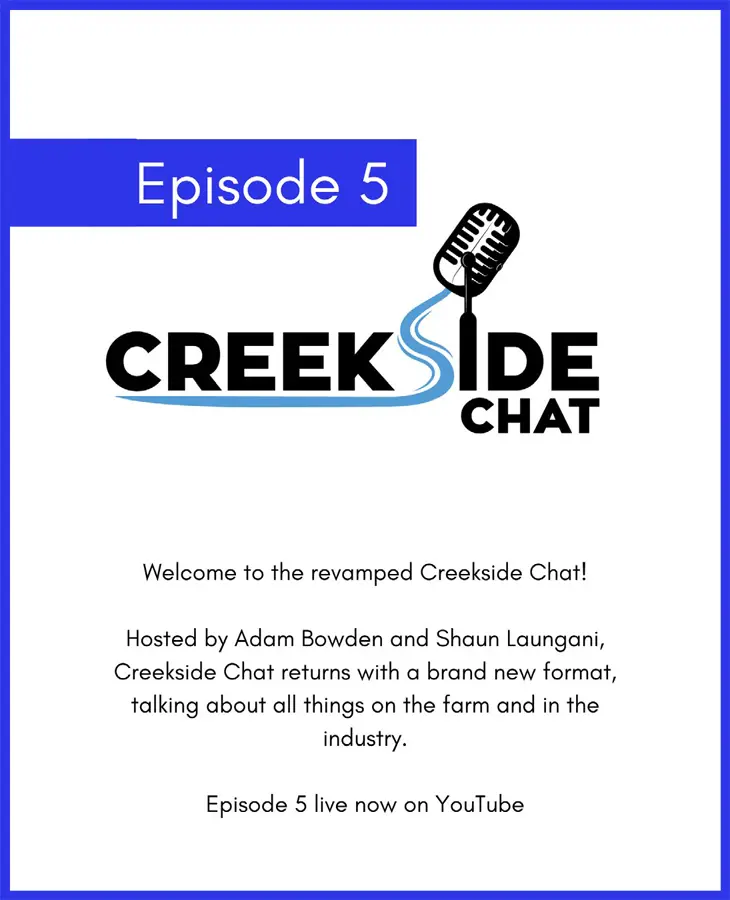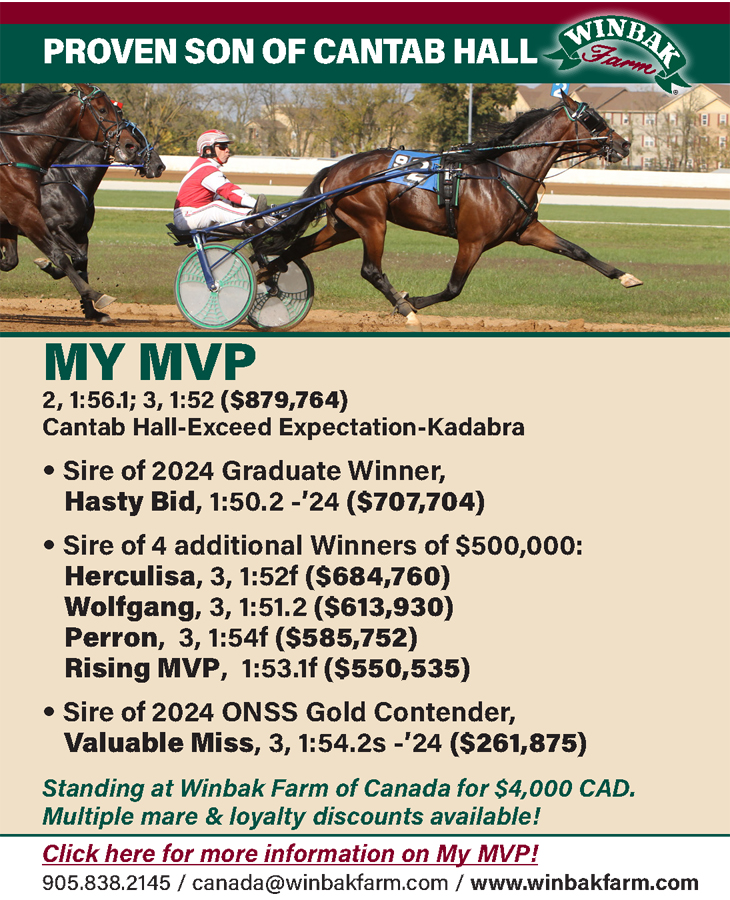
The essential yearling video
by Alan Leavitt
The yearling video is an essential marketing tool. The difference between a good video, one that whets the appetite of prospective buyers, and a poor video, one that is a turnoff to the viewers, can be tens of thousands of dollars in the final sales price.
Everything starts with the yearling him or herself. They should shine, which is achieved through good grooming, frequent baths, and proper nutrition. Their feed should be high in fat content, and there are several commercial feed supplements that will produce a shiny, lustrous hair coat. While traditionalists may still insist that a horse should properly be groomed only by hand, the use of equine vacuum cleaners can achieve the same good effect. That presupposes that, in addition to using the vacuum cleaner, in everyday grooming, you also follow it up with the use of a stiff, or dandy brush, and a curry comb. Plus, finishing it off with a hot towel is an old trick but still a good one.
How one handles a yearling’s mane is a personal choice. For me, a pulled mane looks far the best. Mane pulling is somewhat of a learned art, but all it requires is a mane comb and a good eye. The proper length is the length of a dollar bill. Most horses, yearlings included, will stand quietly while their mane is pulled. For the few that fidget, a blanket clip on their nose will keep them standing quietly.
A quick word or two about yearling halters. The halter should have a brass name plate on the left side of the halter with the yearling’s name, and under it, the sire and dam. Ours also have the farm logo, which is a way to get a little free farm advertising.
The halter itself should be good leather with a glossy finish. There should be only buckles, no snaps, and it should have an English chin. An English chin is non-adjustable, and it looks much neater than a conventional chin, which involves more buckles, etc.
Although both trotters and pacers are videoed, both of them are shown on the trot. From this kid’s experience with two great horsemen in Curly Smart and Howard Beissinger, I shoe all our yearlings, trotters and pacers, with 5/8’s half rounds in front. These are steel shoes, not aluminum. They are barefoot behind.
We are lucky to have a master blacksmith in Dave Lopez. He automatically keeps a high angle in front, say 50 degrees, and a low angle, with 46 or 47 degrees, behind. Those numbers apply to every yearling, regardless of gait.
For the video itself, we always put a bright white rubber bell boot on in front. The best kind are made by Davis, and they fasten with velcro, as opposed to the earlier version that had to be pulled on. As anyone who ever struggled with pull on bell boots knows, you had to soak them in water for at least 30 minutes to give yourself a fighting chance in the tug of war to get them on.
The use of white boots is essential, and it is a profound mystery as to why so few people use them. For one thing, they give far more definition to the yearling’s action with his front feet. For another, the weight of the boots will help keep the yearling on the trot. As every good horseman knows, weight in front will keep a horse on the trot. And that’s what you want them to be doing in their video.
There are a goodly number of outfits that video yearlings. We use Hammond Communications. At my insistence, they use three cameras, one at each end of the video paddock, and one in the middle. In theory, if a yearling were to make two good passes on the trot, we’d have him going each way from the side, and both front and rear views. In real life, things very seldom go so smoothly. Which applies to most human activity, not just yearling videos.
The surface of the strip you use for your video is all important. What you want is a fast track, i.e. a hard track. I’m deeply envious every time I see a Hanover video, because they obviously have an excellent, fast surface. Plus a great design, which results in the best videos in the business. Our videos, by necessity, are done on a grass surface, and it frequently is far softer, or slower, than it should be.
As to music, for me it is a distraction, and adds nothing of value. That’s heresy to a lot of people, but, as we say in the big city, Tough Turtles.
The same thought process applies to showing a yearling in slow motion. That adds absolutely nothing I want to see, and I’m sure I’m not alone there. There’s an increasing tendency to treat yearling videos as high art. As someone whose ex-wife was a successful film maker, as well as an Andover classmate of Les Blank, whose documentaries were internationally acclaimed, I’m afraid I know the difference between a true art film and a yearling video.
No yearling video has anything in common with the Atomic Café, Les Blank’s wonderful, prize winning film, so why pretend there is? And as for showing a yearling in slow motion, my memory goes back to the great saddle horse trainer, Earl Teater, and the way he handled Wing Commander, the greatest five-gaited horse who ever lived.
Whenever Earl was on the road with Wing Commander, he always exercised him early in the morning, hooked to a jog cart. And he was always flying on the trot, no slo-mo jogging for his great champion.
A fellow trainer once asked Earl why he never went slow with Wing Commander. His answer, in his characteristic rasp was: “I don’t want him to find out he can go slow.”
That’s exactly how I feel about our yearling videos.













